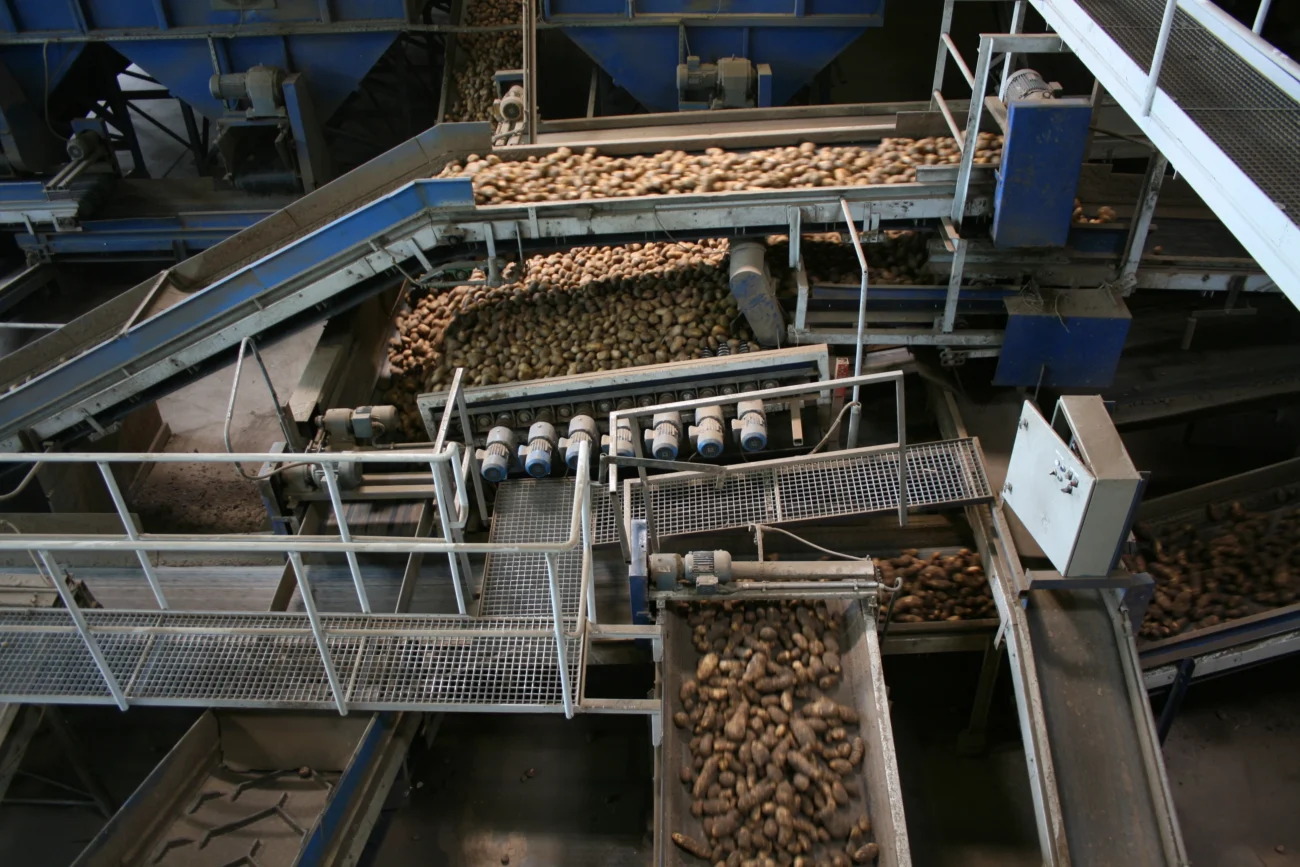
Agricultural productivity is the lifeblood of the farming industry. As the global population continues to grow, so does the demand for food. It is essential for farmers to optimize their operations to ensure they can meet this demand in a sustainable and efficient manner. One key aspect of agricultural productivity is the accurate measurement of harvested crops and other farm products. This is where belt scales come in, providing farmers with the necessary tools to achieve precise measurements and, in turn, enhance productivity.
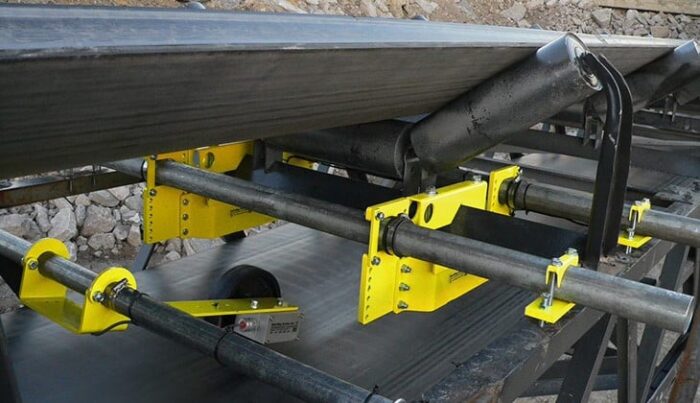
Overview
Belt scales, also known as conveyor belt scales, are essential instruments used in the agriculture industry to weigh and measure bulk materials, including harvested crops, animal feed, and fertilizers. These devices consist of a weighing frame, load cells, and a speed sensor, which work together to measure the mass of the material being transported along a conveyor belt.
They rely on a combination of load cells and speed sensors to accurately measure the mass of bulk materials during transportation, while companies such as SWSCALE provide expert certification and maintenance services to ensure reliable and continuous operation. By combining the weight of the material with the belt speed, they provide accurate, real-time measurements of the flow rate and total weight of the material being transported.
The Advantages
Using them for accurate measurements brings several advantages to farmers, including increased efficiency and profitability. By providing real-time data, these devices enable farmers to monitor and control the flow of materials, optimize the use of resources, and minimize waste. The resulting improvements in efficiency translate into cost savings, reduced downtime, and increased profits. Furthermore, accurate measurements are crucial for tracking yield, determining crop value, and making informed decisions on farm management practices. This, in turn, contributes to overall farm productivity and sustainability.
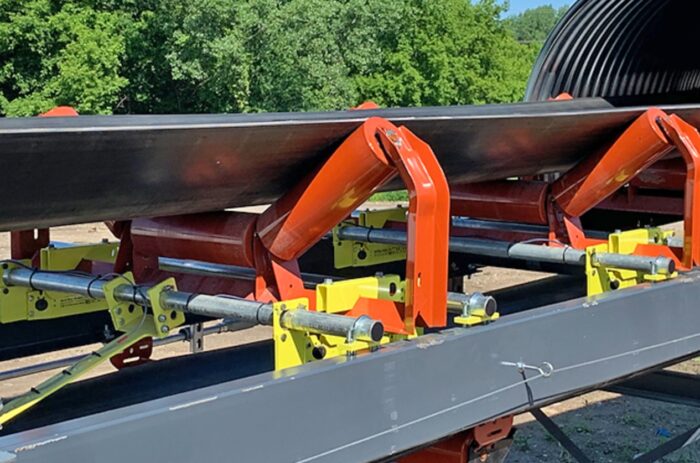
How to Select the Appropriate Belt Scale
Selecting the right belt scale for your farming operation is essential for maximizing its benefits. Factors to consider when choosing include the type of material to be measured, the desired accuracy level, the conveyor belt’s width and speed, and environmental factors, such as temperature and humidity. It is also crucial to choose a belt scale that is easy to install, calibrate, and maintain, ensuring its long-term reliability and accuracy.
Installation and Maintenance
Proper installation and maintenance are crucial for ensuring their accuracy and reliability. Installation should be performed by qualified technicians and involve ensuring the conveyor belt is properly aligned, load cells are calibrated, and the speed sensor is functioning correctly. Regular maintenance, including cleaning, lubrication, and periodic calibration, is essential for the optimal performance of belt scales.
How to Calibrate and Test Belt Scales
Calibration is a vital process for ensuring the accuracy of belt scales. Calibration typically involves placing known weights on the conveyor belt, then adjusting the scale’s settings until the measured weight matches the known weight. Testing the scale’s accuracy involves comparing the scale’s readings with a reference scale or other independent measurement methods. Regular calibration and testing help maintain the scale’s performance and guarantee accurate measurements.
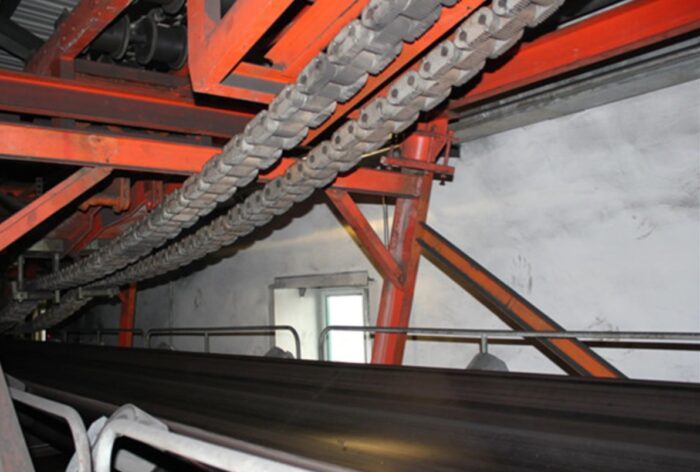
The Benefits
Integrating them into farm management systems provides several benefits, including streamlined data collection, automated record-keeping, and enhanced decision-making. By combining real-time data from belt scales with other farm data, farmers can make informed decisions about resource allocation, crop planning, and overall farm management. This integration enables farmers to monitor and optimize their operations, ultimately leading to increased productivity and sustainability.
Strategies for Interpreting and Utilizing Data
Interpreting and utilizing data from belt scales effectively is essential for improving farm productivity. Several strategies can help farmers make the most of this valuable information:
Analyze trends: Monitor the data from belt scales over time to identify trends in crop yield, resource usage, and overall farm performance. By understanding these trends, farmers can make informed decisions to optimize their operations.
Identify inefficiencies: Use data to pinpoint areas where resources are being wasted or where productivity could be improved. This may involve adjusting conveyor belt speeds, modifying the distribution of materials, or optimizing farm equipment usage.
Set benchmarks and goals: Establish performance benchmarks based on belt scale data and set realistic goals for improving farm productivity. By tracking progress against these benchmarks, farmers can measure the effectiveness of their efforts and adjust their strategies as needed.
Integrate with other farm data: Combine belt scale data with other farm data sources, such as weather, soil, and crop information, to gain a comprehensive understanding of farm performance. This holistic approach can reveal valuable insights and inform targeted interventions to improve productivity.
Share data with stakeholders: Sharing data with relevant stakeholders, such as agronomists, crop advisors, and supply chain partners, can foster collaboration and promote data-driven decision-making throughout the agricultural value chain.
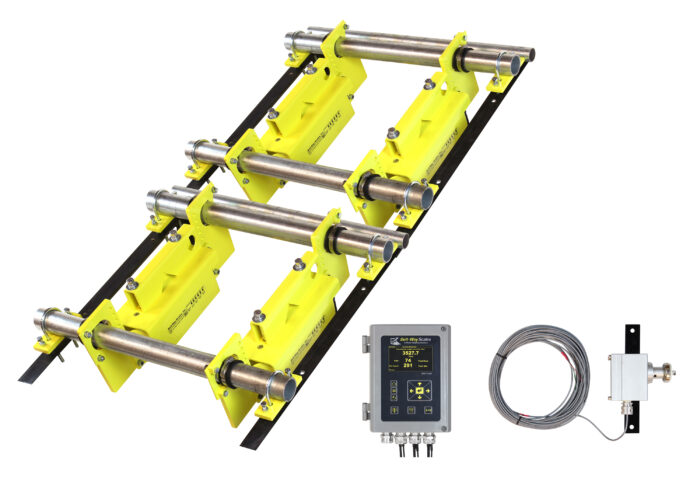
Case Studies
Several case studies demonstrate the successful implementation of belt scales in farming operations and the resulting benefits. In one example, a grain farm in the Midwest utilized belt scales to track the yield of their corn and soybean crops. The real-time data provided by the belt scales enabled the farm to optimize its harvesting process, resulting in a significant increase in crop yield and overall farm profitability.
In another case, a large-scale dairy farm used belt scales to monitor and control the distribution of feed to its herd. The accurate measurements provided by the belt scales allowed the farm to optimize feed allocation, leading to improved herd health, increased milk production, and reduced feed costs.
The Impact on Sustainability
They have the potential to significantly impact sustainability and environmental responsibility in agriculture. By providing accurate measurements of harvested crops, animal feed, and other farm inputs, belt scales enable farmers to optimize resource usage, reduce waste, and minimize their environmental footprint.
Furthermore, the data provided by belt scales can inform sustainable farming practices, such as precision agriculture, which involves the targeted application of resources like water, fertilizers, and pesticides. This approach not only increases farm productivity but also reduces the environmental impact of agriculture by minimizing the overuse of resources and the potential for pollution.
Conclusion
In conclusion, they play a vital role in agricultural productivity by providing accurate measurements of harvested crops and other farm inputs. The advantages of using belt scales include increased efficiency, profitability, and sustainability. As farmers continue to adopt and integrate these devices into their operations, the potential for improved productivity and environmental responsibility in agriculture is immense.











